No products in the cart.
2C-B Pills: Effects, Risks, and Legal Status
2C-B pills contain 4-Bromo-2,5-dimethoxyphenethylamine, a synthetic psychedelic from the 2C family. These pills are known for producing both hallucinogenic and stimulant effects. Users report altered sensory perception, changes in thinking, emotional shifts, and visual distortions—sometimes described as a blend between LSD and MDMA. The experience often includes a strong body sensation, which can be pleasurable energy or, for some, an uncomfortable “body load” or buzzing. Visual effects may include color distortions and melting-like hallucinations, typically milder than those from classic psychedelics like LSD. 2C-B is usually ingested orally, but can also be snorted, although this method is reported to be very painful.
First synthesized in 1974, 2C-B was initially used in therapy, valued for its relatively short duration and mild side effects. However, it has since become a recreational drug, especially after MDMA was banned. Today, 2C-B is a controlled substance in many countries, including the United States, where it is classified as a Schedule I drug, indicating no accepted medical use and a high potential for abuse. Risks include unpredictable psychological effects, potential for unpleasant bodily sensations, and legal consequences due to its illicit status
| Quantity | 25mg/25pills, 25mg/50pills |
|---|
Be the first to review “2C-B-Pills” Cancel reply
Related products
Psychedelics Drugs
100 € – 400 €Price range: 100 € through 400 €
Psychedelics Drugs
25 € – 55 €Price range: 25 € through 55 €
Psychedelics Drugs
77 € – 231 €Price range: 77 € through 231 €
Psychedelics Drugs
180 € – 3 800 €Price range: 180 € through 3 800 €
Psychedelics Drugs
35 € – 100 €Price range: 35 € through 100 €
Psychedelics Drugs
89 € – 219 €Price range: 89 € through 219 €
Psychedelics Drugs
25 € – 85 €Price range: 25 € through 85 €

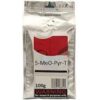
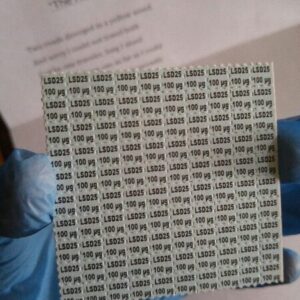




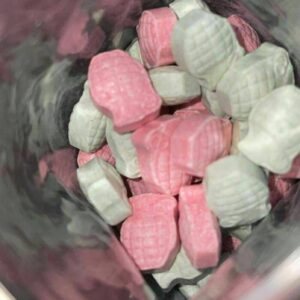
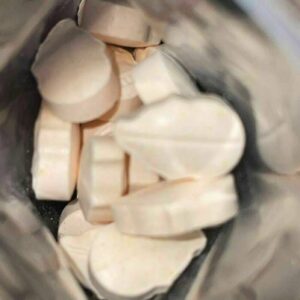

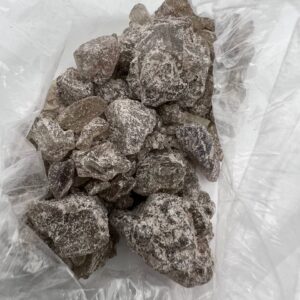
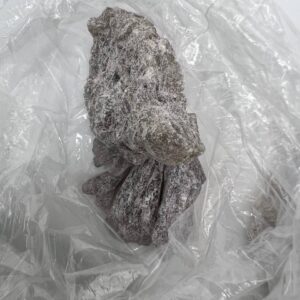
Reviews
There are no reviews yet.